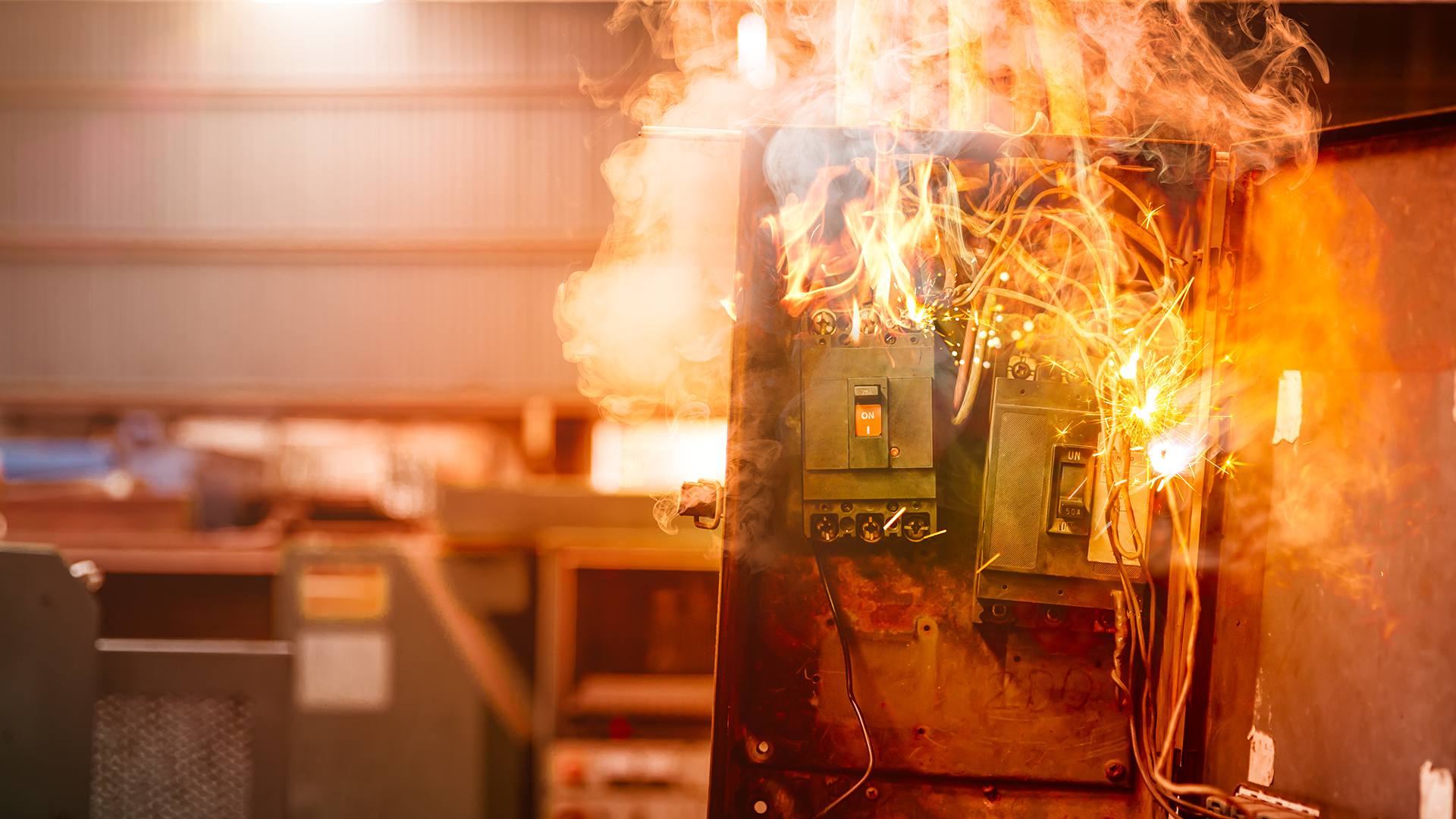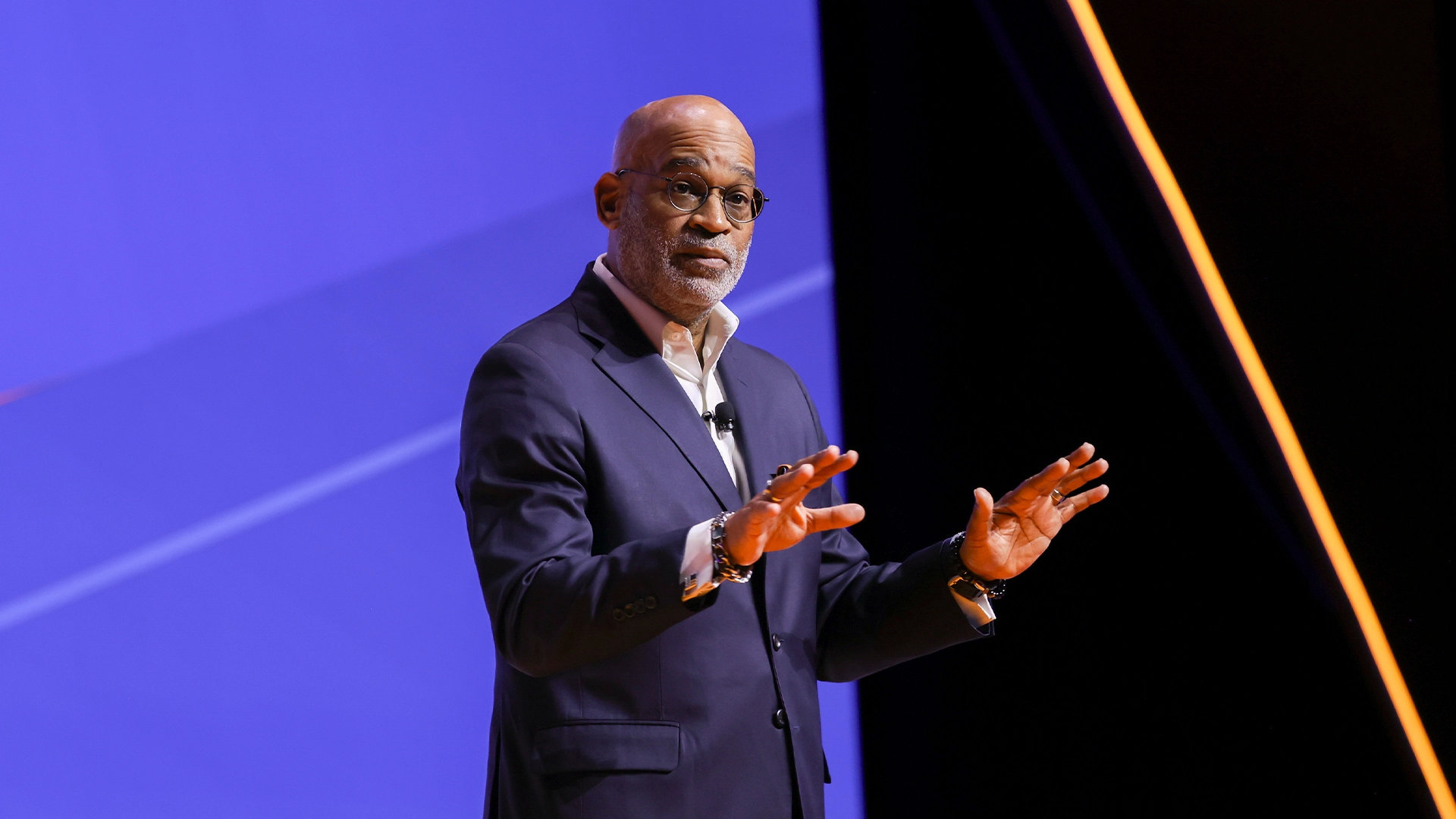The hidden danger that could cost you millions
Can you afford the high cost of arc flash?
Electrical shocks have long been recognized as a safety issue in the workplace. But the danger from arc flash (or arc blast) is a growing concern.
Arc flash results from a sudden release of large amounts of heat and light energy at the point of a fault. The wrong tools, improper electrical equipment, equipment corrosion, incorrect work techniques, and lack of training can all trigger an arc flash event.
Exposure to arc flash often results in serious injuries and even death. It can also destroy equipment and cause extensive downtime. The impact can be devastating to your operations and your budget.
Why you need NFPA 70E compliance
NFPA 70E is the consensus standard for electrical safety in the workplace. To help prevent arc flash, OSHA adheres to NFPA 70E guidelines when issuing citations. Committing to NFPA 70E compliance helps you:
- Mitigate arc flash hazards & risks
- Protect workers & assets
- Avoid OSHA violations & citations
- educe costly liability & litigation
Did you know?
There are five to 10 arc flash events every day that kill or injure thousands of workers a year.
The total cost of a single arc flash accident can run as high as $12M to $15M from fines and litigation.
Arc flash accidents destroy equipment and cause extensive downtime to the tune of millions of dollars a minute in some industries.
Your compliance checklist
There’s a ton of information on NFPA 70E compliance. To simplify what you need to know, we’ve outlined this seven-step plan:
- Develop an overall electrical safety program that includes policies, procedures, and controls.
- Perform arc flash assessment surveys, provide a single line diagram, and label equipment to identify and control risks.
- Educate and qualify employees through an ongoing training program.
- Provide protective clothing (PPE), insulated equipment, and voltage-rated tools.
- Develop a proactive preventive maintenance program for equipment and assets.
- Implement mitigation solutions such as current limiting fuses, arc-resistant switchgear, and high resistance grounding to design out arc flash hazards.
- Establish continuous change management to ensure user adoption and regularly update safety and preventive maintenance programs.
Partner with ABM
While NFPA 70E compliance is your responsibility, implementing solutions can be bit challenging. ABM deals with this every day and has developed a comprehensive arc flash compliance program to identify, remediate, and certify facilities and personnel. Leaving your NFPA 70E compliance to an expert ensures reliability and safety while allowing you to remain focused on your core business goals.
Curious to learn more? Explore the difference between arc flash and arc blast and why it matters, or contact an expert.





